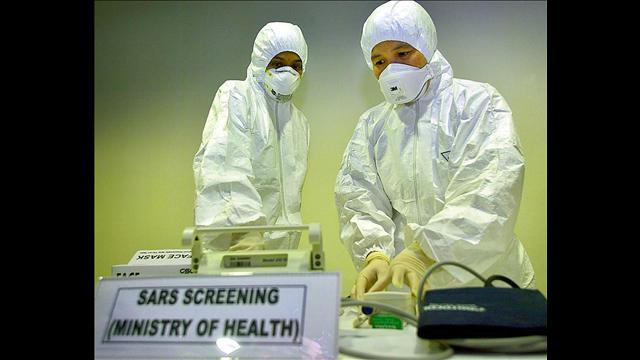
New coronavirus case was severely ill, but recently taken off ventilator
A Saudi Arabian man who is the third known person to have been infected with a new coronavirus was severely ill, a senior health official with the Saudi government revealed Monday.
The man, who was hospitalized with pneumonia, had to be placed on a ventilator, a machine that breathed for him. But he has recovered to the point that he no longer needs assistance to breathe, the Saudi deputy minister of health suggested, and has been moved from the intensive care unit.
“The patient was extremely sick but (was) extubated a few days ago and (is) recovering nicely,” Dr. Ziad Memish said in an email exchange with The Canadian Press.
Extubation is the procedure in which a tube that pushes air from a ventilator into the lungs is removed.
Few details of the case are currently known. Even the World Health Organization was scrambling Monday to learn more about the latest infection with the new coronavirus, which is from the same family of viruses as the one that causes SARS.
Glenn Thomas, a spokesman with the WHO, said the agency was informed of the case on Sunday, after Saudi authorities received results of a confirmatory test that showed the man’s infection was caused by the new coronavirus.
“Once that was confirmed we were notified before the press through the International Health Regulation procedures,” Thomas said. The International Health Regulations require countries to notify the WHO of disease outbreaks that could have international significance.
The confirmatory testing was done by a laboratory outside of the Kingdom of Saudi Arabia, though the lab itself has not been named.
The WHO has requested more information from Saudi authorities and hoped to be able to issue a statement on the case on Tuesday, Thomas said in an interview from Geneva.
And Memish said doctors in Saudi Arabia are writing a report on the case and the treatment used on the man. It will be submitted for publication to a journal, he said.
The new case came to light Sunday, and was first reported by the Saudi Press Agency. Later, ProMED — an Internet-based infectious diseases monitoring system closely watched by public health officials around the world — circulated a brief report on the case submitted by Memish.
The deputy health minister said the man, who lives in the capital city, Riyadh, had no links to the two earlier cases of infection with the new virus.
The first known case was a Saudi man who died in June, the second a Qatari man who is in hospital in Britain. He became ill in early September.
Memish did not provide dates for when the man started feeling ill or when he was admitted to hospital. He did say that the man had visited a farm about a week before he became ill.
With no sign to date that the virus is spreading among people, experts are looking for a possible animal source of exposure. There have already been some potential clues to point in that direction. For instance, the man from Qatar owns a farm on which he reportedly keeps camels and sheep.
A study published last month in the New England Journal of Medicine theorized that the virus probably comes from pipistrellus bats, a conclusion drawn from comparing the genetic sequence of the virus to other known coronaviruses and the species that carry them.
But that report could not say whether the virus moved directly from bats to people — perhaps through exposure to bat guano or urine — or from a bat to another animal and from it to people.
An investigation is underway to try to determine what animals the latest case might have been in contact with, Memish said.
Join the Conversation!
Want to share your thoughts, add context, or connect with others in your community? Create a free account to comment on stories, ask questions, and join meaningful discussions on our new site.














Leave a Reply
You must be logged in to post a comment.